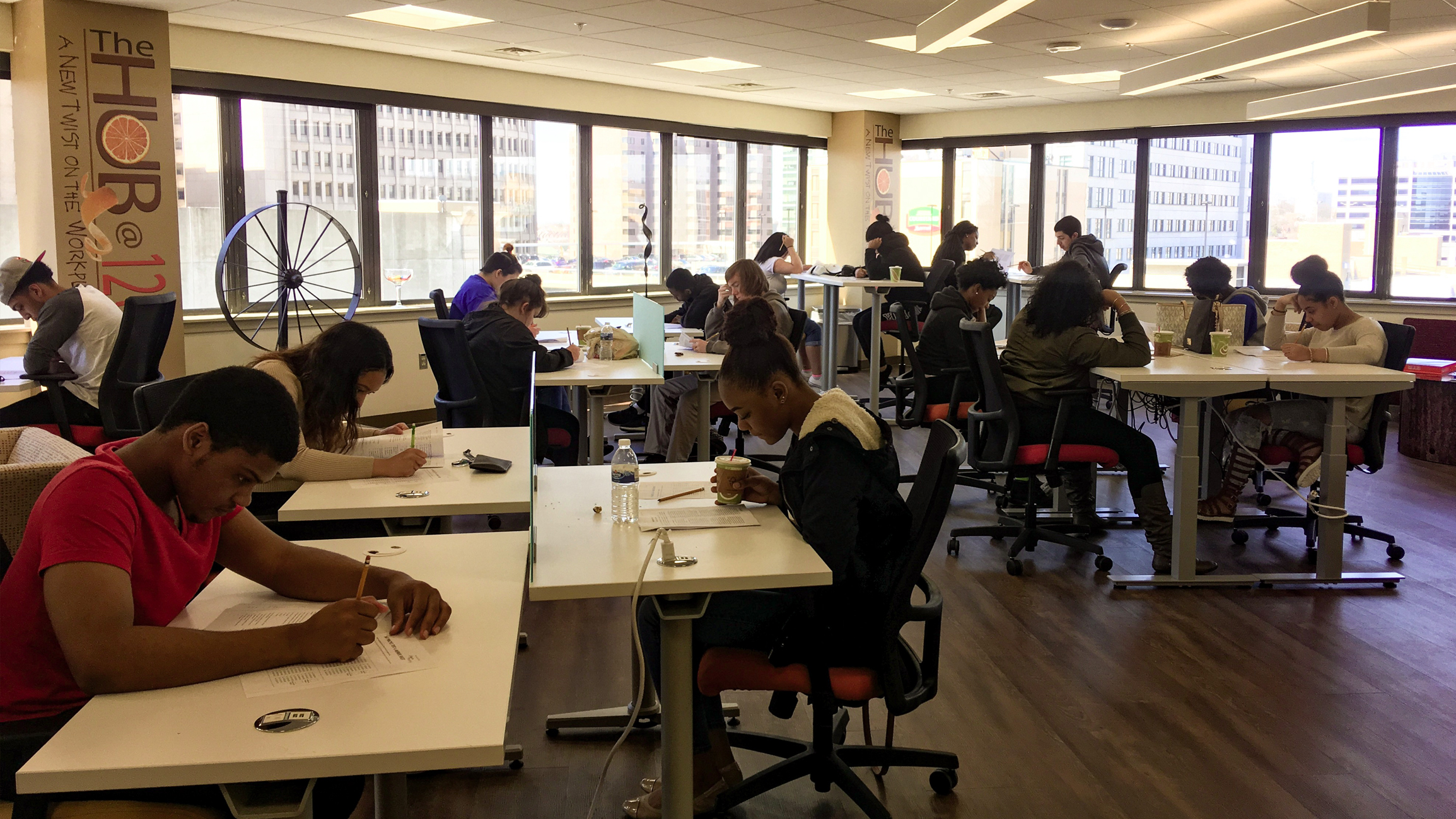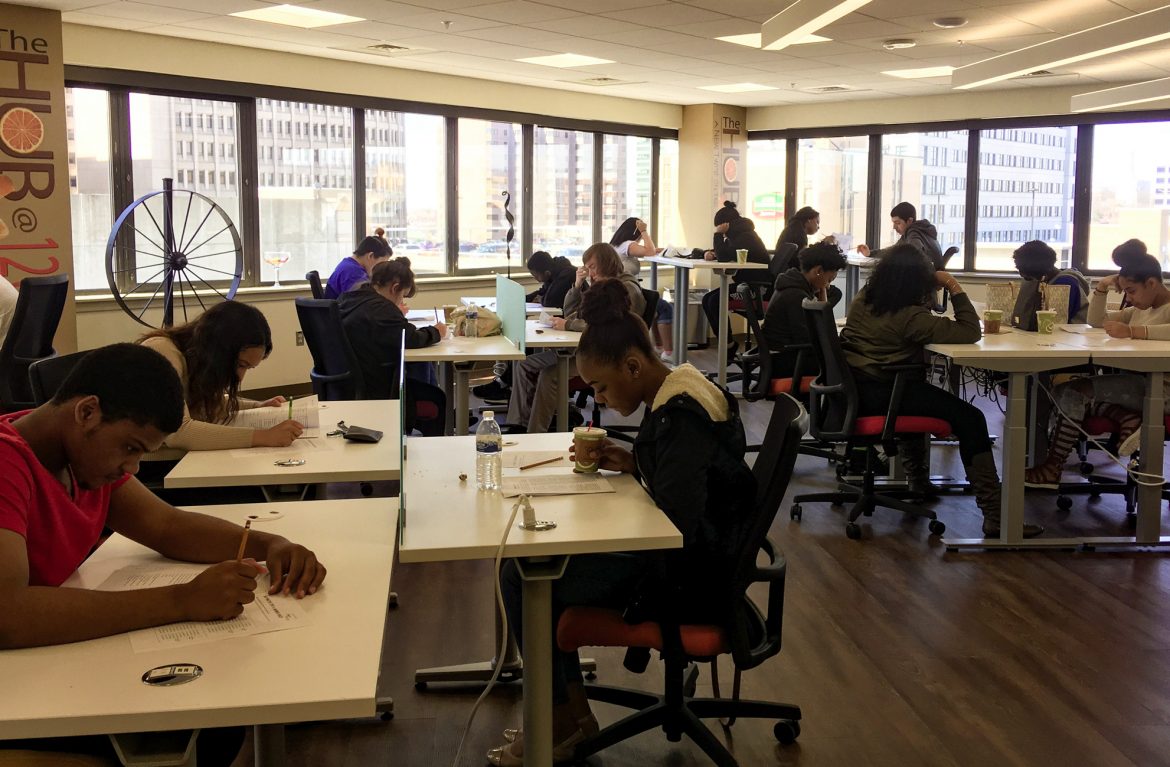What does the future of the workplace look like, particularly now that the global pandemic has fundamentally changed the ways we work? While the answer to that question may vary from workplace to workplace, one thing is certain: modern workplaces will look markedly different than they have in the past. Here is a glimpse of what you might expect.
What We Do Know
Before predicting what will happen in the future, it is important to understand what we already know. Currently:
- An overwhelming 80% of employees say they ‘enjoy working from home,’ according to McKinsey & Company research.
- Gartner reveals that 48% of workers will work from home or from a location other than the office at least sometimes. Before the pandemic, just 30% worked remotely part-time.
- Up to 70% of workers want to continue working from home at least part of the time.
Remote Work — At Least To A Certain Degree — Is Here To Stay
With those facts in mind, business owners and industry experts stress that it is important to listen to employee feedback and to accommodate employees’ wishes — at least to some extent. Tsedal Neeley, author of Remote Work Revolution: Succeeding from Anywhere, stresses that being out of the office during the pandemic has demonstrated that virtual work is possible and that employees are more than capable of handling it.
Offering employees the option to work from home or out of the office will keep companies competitive and attract top talent. Some companies are adopting hybrid models allowing for some virtual work. Others are labeling themselves as ‘virtual-first’ companies, meaning that they will give their employees the option to work entirely remotely or come into the office occasionally. Employees who decide to come into the office will determine when and how often they do so.
Employers Will Embrace Hybrid Strategies
By 2022, 5.1 million workers around the globe will share 30,432 coworking spaces. Coworking spaces and other flexible business models will grow ever more popular over the years.
As the vaccine rolls out, businesses are favoring hybrid models. It works best for many employers for workers to meet face-to-face in the office as necessary and otherwise work from home. That may mean coming into the office just one day a week or working from home just one day a week. The specifics will vary by employer.
No matter what the case may be, a shared meeting space or a coop work space gives employers greater flexibility to have employees work at home sometimes and to consult in-person at other times — and to do it within a reasonable budget. If you are interested in the modern and efficient impact that a coop work space can have on your business, contact Stat International today.


